Beyond Assumptions: Why Zero Trust Must Be Your Security Foundation
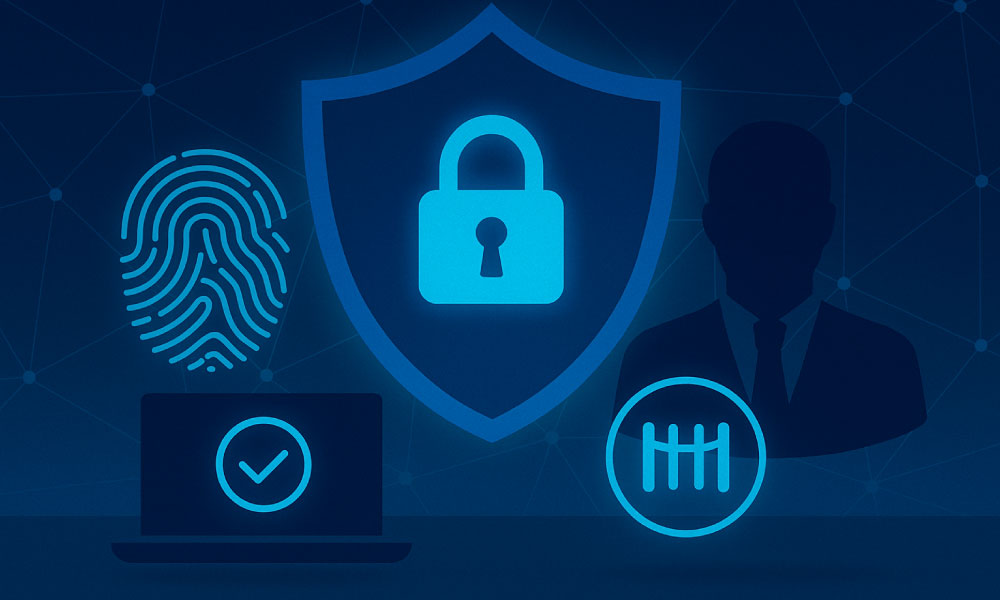
In a world where digital boundaries are becoming obsolete, the nature of cybersecurity must evolve. Employees work from remote locations, applications operate across global cloud platforms, and data flows freely through decentralized systems. The security frameworks of the past—built on the assumption that internal access equals safety—no longer meet today’s needs.
At Reg.Asia, we recognize that to build lasting digital trust, organisations must embrace the Zero Trust model: a strategy that places verification and accountability at the core of every access decision.
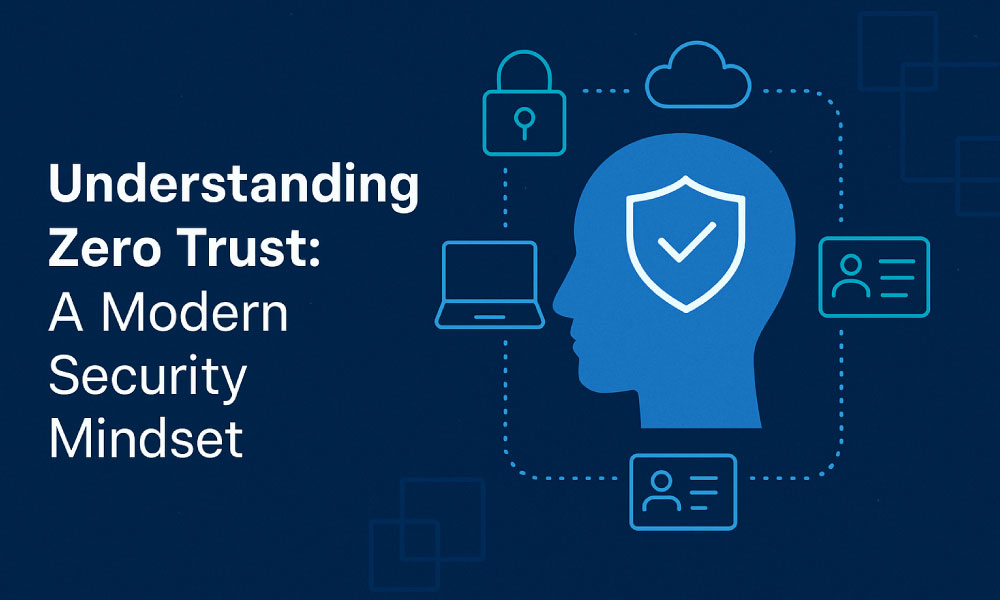
Understanding Zero Trust: A Modern Security Mindset
Zero Trust isn’t just a buzzword—it’s a shift in thinking. At its core, Zero Trust means no user, device, or connection is inherently trusted, even if it originates from inside the corporate environment. Every access attempt is validated continuously based on who is making the request, where it’s coming from, and what they are trying to access.
This approach requires a layered defence strategy—where identity, policy, and context govern access—reducing the attack surface and improving overall visibility.
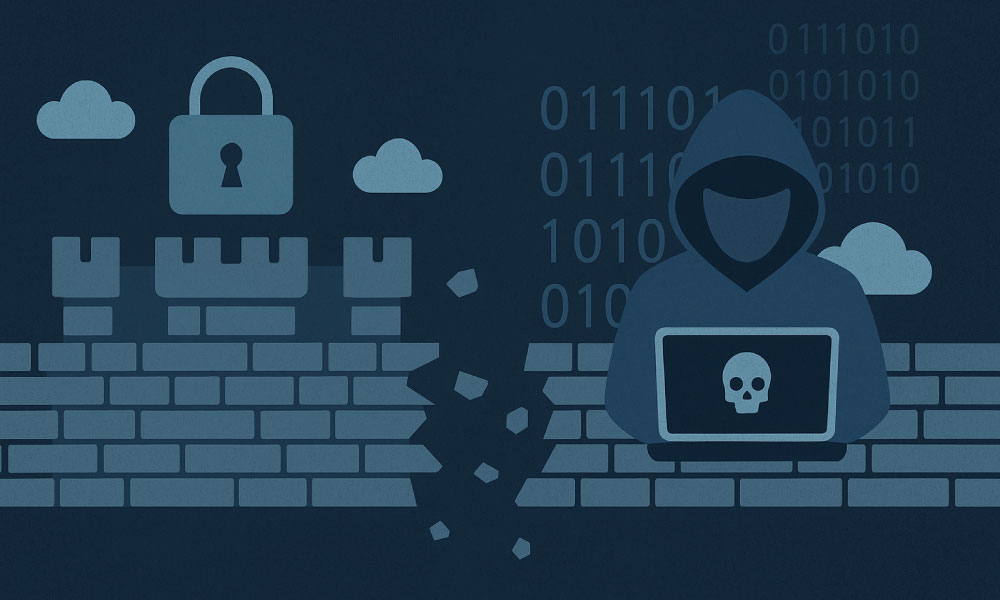
Why Old-School Perimeters Can No Longer Keep Up
Security used to be like a fortress—surrounding systems with strong walls to keep intruders out. But those walls have crumbled. The rise of remote work, mobile devices, and third-party software means your digital assets are no longer confined within a network perimeter.
In this expanded environment:
- Staff often log in from unmanaged networks and personal devices.
- Business applications run in multi-cloud or hybrid environments.
- APIs and third-party tools create new potential entry points.
Relying solely on firewalls or VPNs leaves too many blind spots. Threat actors exploit these gaps. Zero Trust closes them.

Why Zero Trust Is a Strategic Imperative
Here’s why the shift to Zero Trust isn’t optional—it’s essential:
1. Smarter, Faster Cyber Attacks
Attackers are using automation and AI to breach systems. Zero Trust adds an essential layer of scrutiny at every access point to block these advanced threats.
2. The New Normal of Remote Work
Employees working from anywhere are now the rule, not the exception. Zero Trust enables policies that travel with the user, no matter the device or location.
3. Protection Across Cloud, Hybrid, and SaaS
Cloud-native architectures mean your data is everywhere. Zero Trust ensures protection wherever your systems reside.
4. Meeting Compliance with Confidence
Governments and regulators are tightening requirements around data access, encryption, and monitoring. Zero Trust frameworks simplify compliance with audit-ready processes.
5. Curbing Insider Risk
Zero Trust reduces both accidental and intentional misuse of data through fine-grained access control and continuous verification.
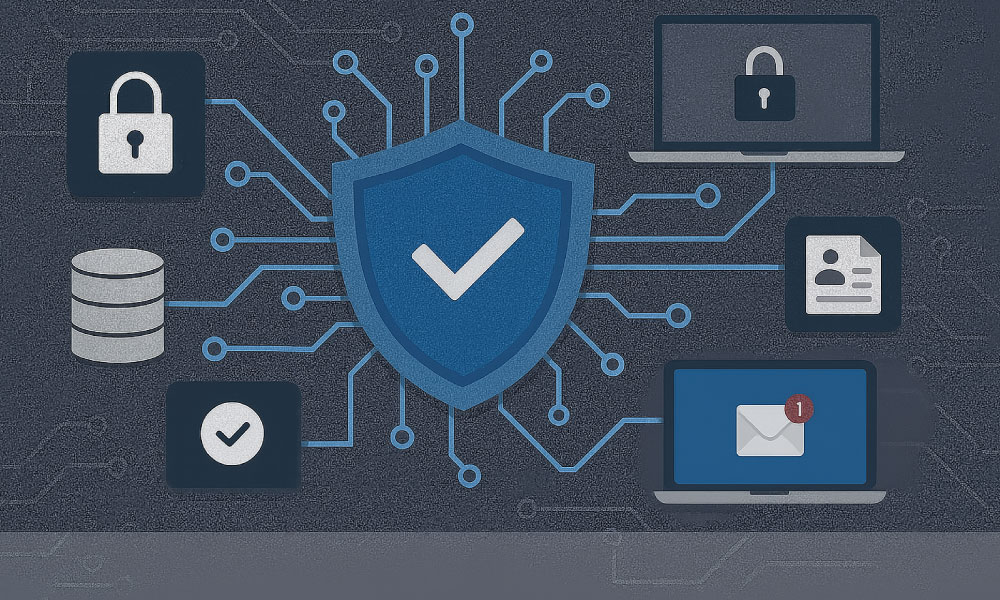
How Reg.Asia Supports Your Zero Trust Journey
At Reg.Asia, we offer integrated solutions that support Zero Trust principles:
Lifecycle Automation for Digital Certificates
We help secure communications through streamlined SSL/TLS certificate issuance, renewal, and revocation—eliminating manual errors and improving uptime.
Quantum-Ready Cryptography
Security threats are evolving—and so are we. Reg.Asia offers crypto-agile solutions built to withstand future quantum threats.
Built-in Enforcement & Visibility
Our tools offer granular policy control and real-time monitoring, empowering you to enforce Zero Trust efficiently.
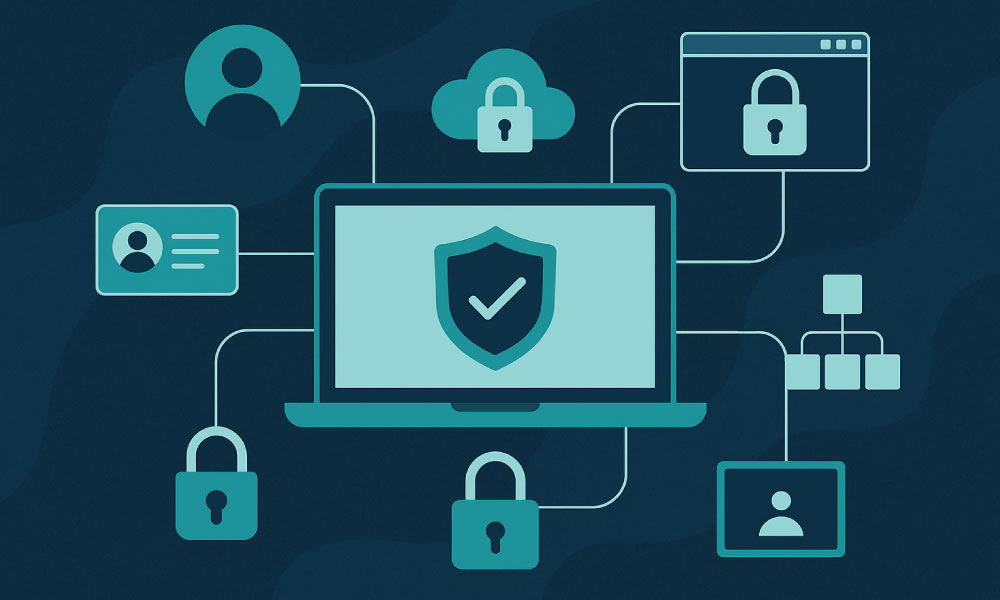
Where to Begin: Your Zero Trust Blueprint
Getting started doesn’t have to be overwhelming. Here’s a practical path:
- Inventory what matters: Identify users, endpoints, and services that access critical data.
- Tighten access rights: Apply least privilege principles across all users.
- Enforce strong verification: Use multi-factor authentication and certificates for identity.
- Enable monitoring: Track activity to detect anomalies in real time.
- Look ahead: Adopt crypto-agility to future-proof your defences.

Final Takeaway
In today’s landscape, assumptions are the biggest vulnerability. Trust must be earned, proven, and constantly re-evaluated. Zero Trust is more than a security trend—it’s the foundation of modern digital confidence.
With Reg.Asia by your side, you can build a secure, flexible, and future-proof infrastructure tailored to your organisation’s unique needs. Let’s shape a smarter, safer digital future—together.
Start your Zero Trust transformation with Reg.Asia today.
Contact Us = https://www.reg.asia/contact-us/
